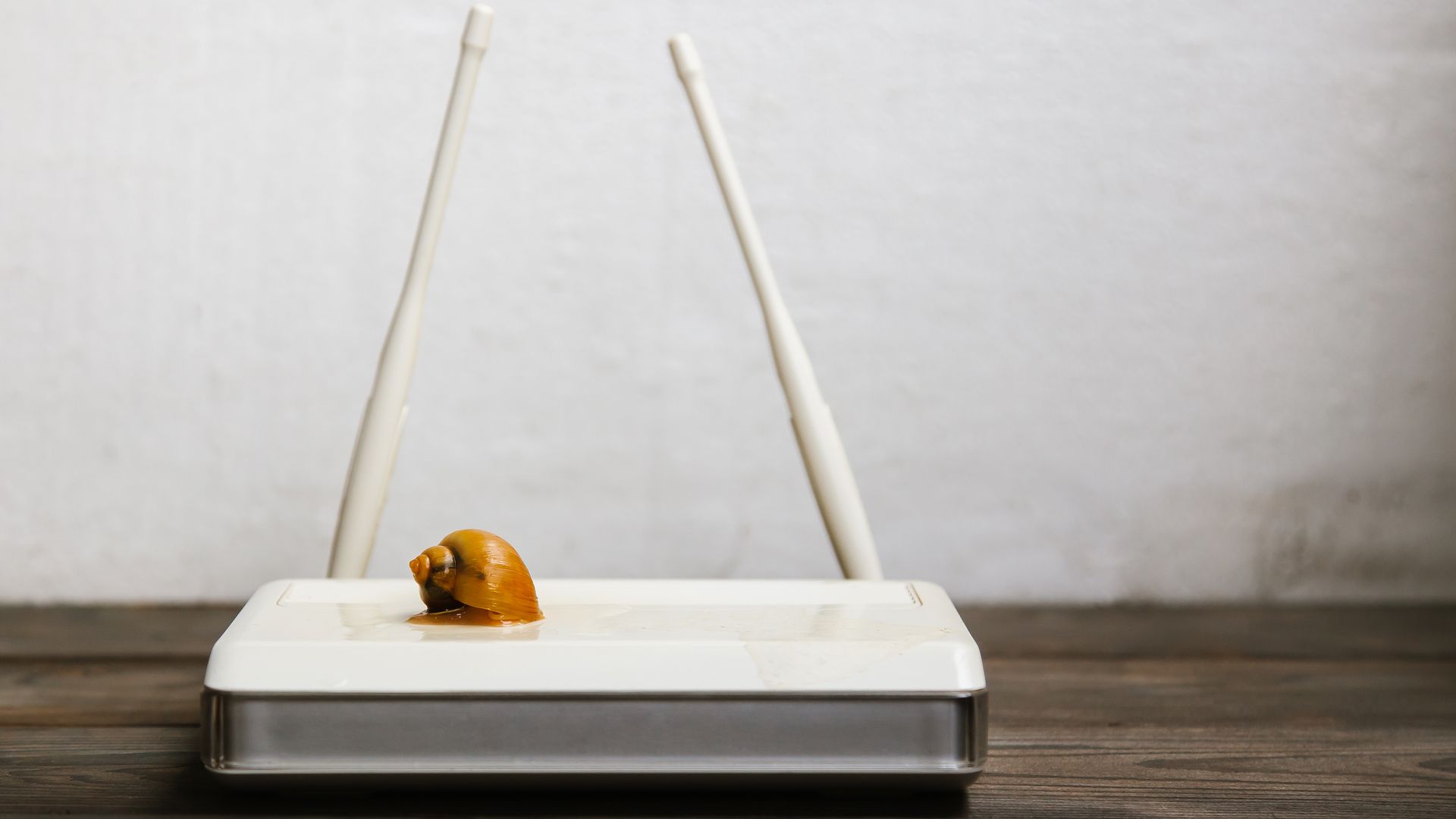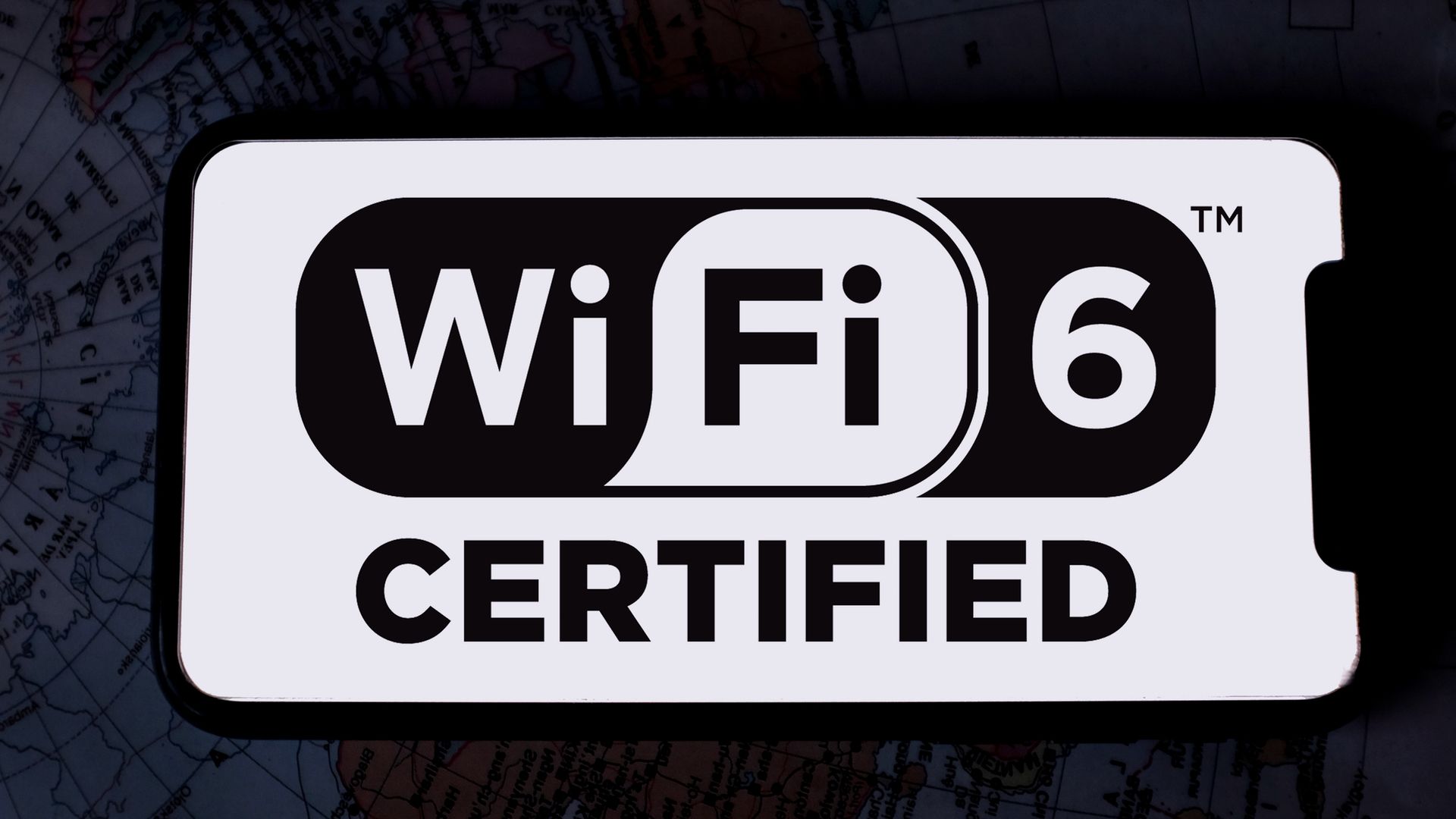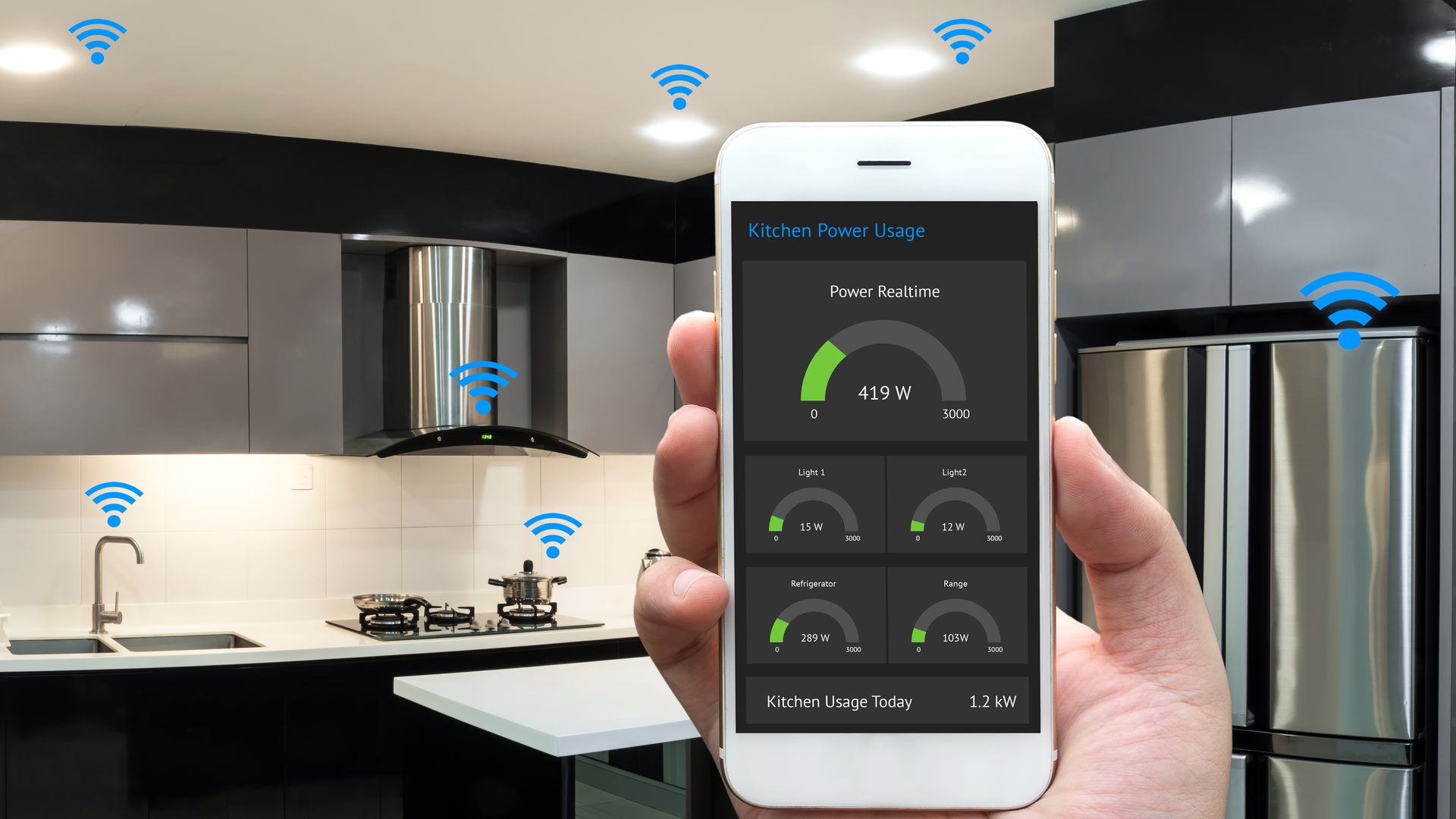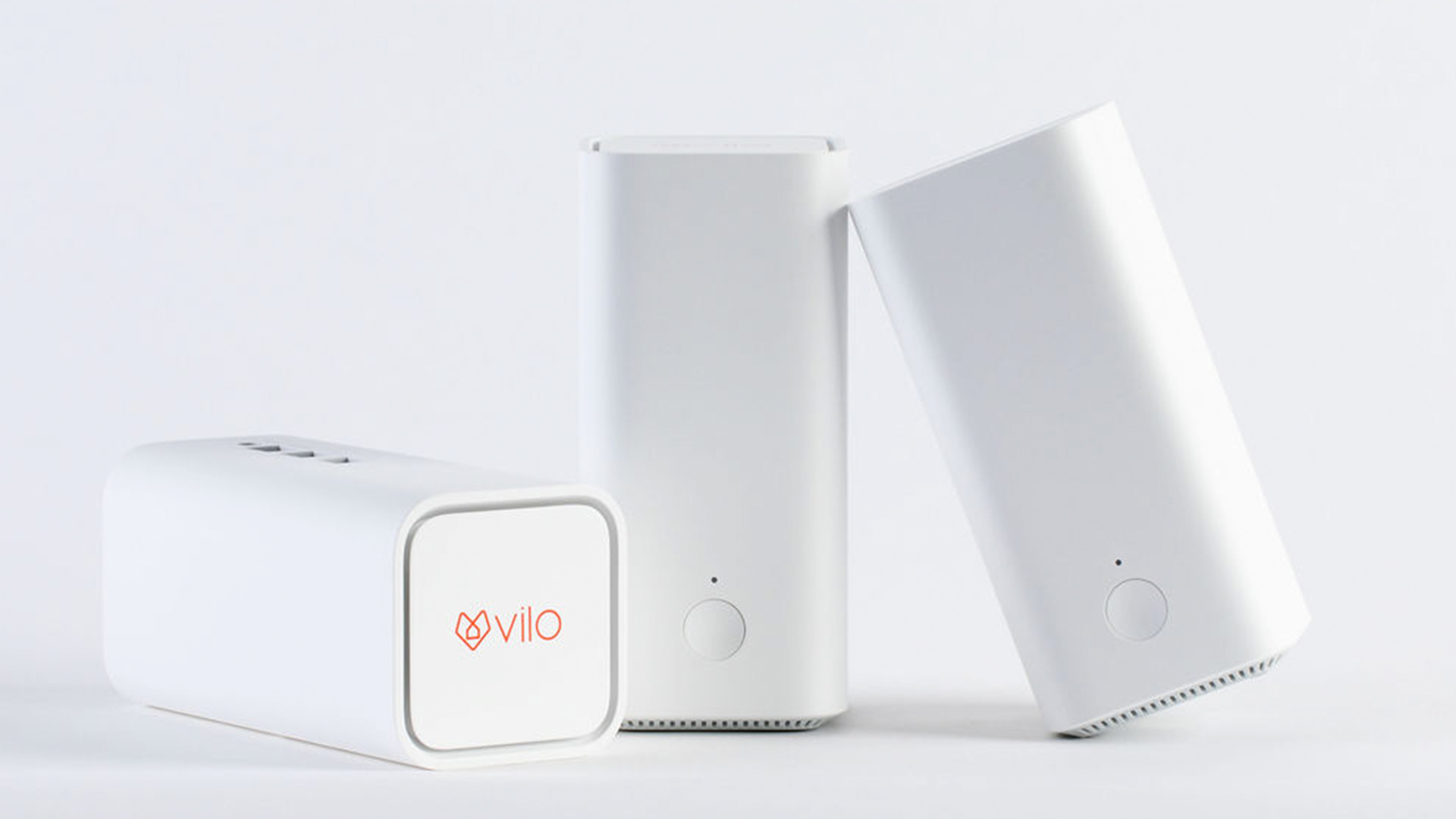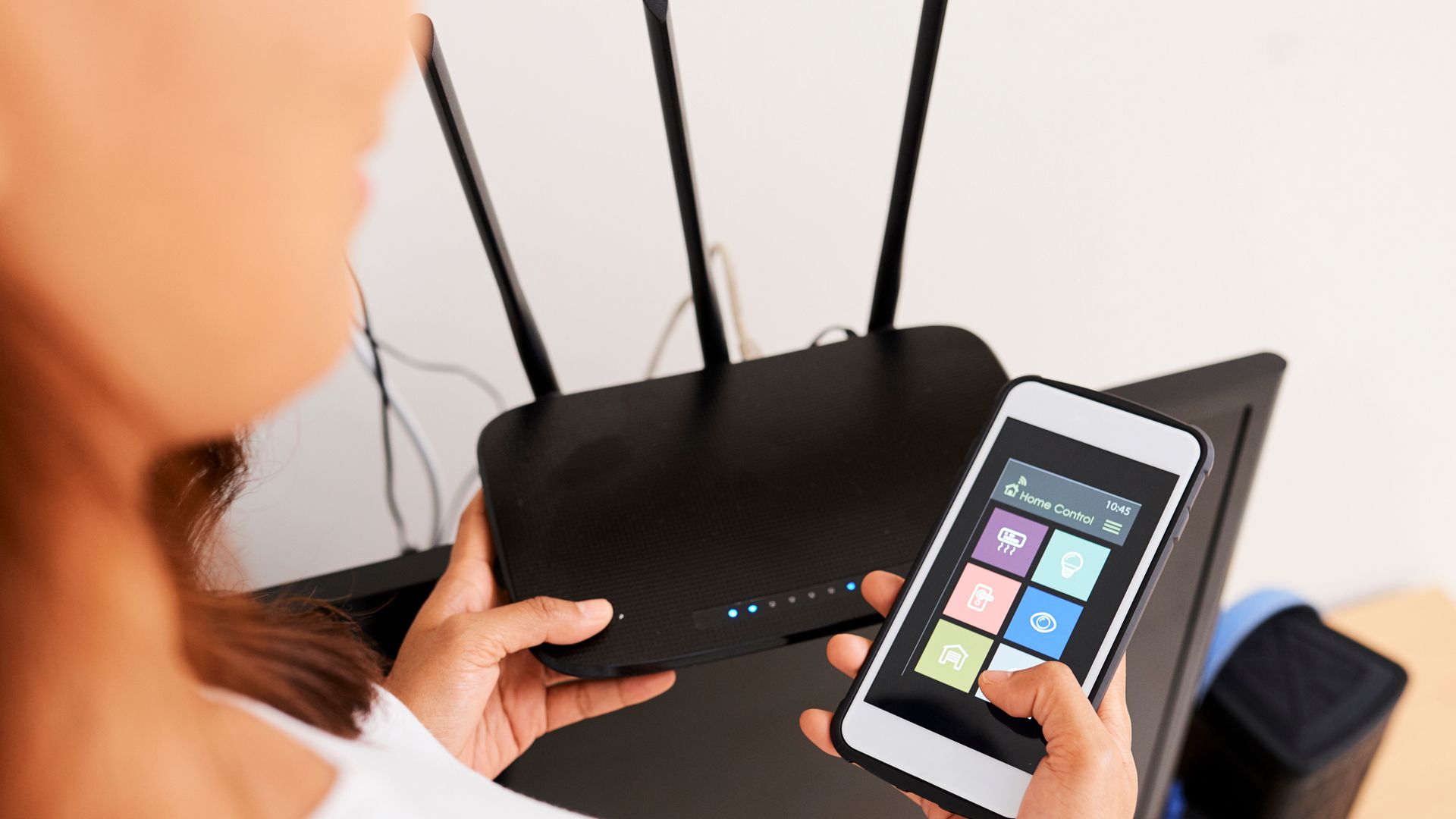Quick Links
If you've splashed out on the best internet package possible, and your PC, TV, or smartphone is fairly recent, you may be wondering why your internet speeds aren't that impressive. Well, there's a good chance your router and home network are holding you back.
If your internet provider threw a router in with your package, or you've been using the same setup for several years, then it may be worth considering an upgrade. For a few hundred bucks, you could have top-level coverage in every corner of your home. Let's take a look at why your router might be the cause of all your problems.
A Poor Router Can Bottleneck Your Speeds
A chain is only as strong as its weakest link, and your Wi-Fi connection is only as fast as its weakest component. Routers are often an afterthought when it comes to home networks, and yours could be holding you back for several reasons.
The most obvious issue is with older routers. Technology advances fairly rapidly, so a router from a few years ago may not be capable of getting the most from modern devices and services. It isn't just internet packages that can be held back by an old router. If your router predates things like 4K streaming and cloud services, it could struggle to meet their demands.
Similarly, if the average smart home only contained two or three devices when your router was installed, it might not be able to cope with the dozen or more devices that current smart homes have. And it's not just smart devices putting strain on your network. Think of how many phones, laptops, tablets, and consoles are in your house compared to a few years ago. Just as your internet bandwidth needs to match your household's needs, so does your Wi-Fi network.
We Recently Got a New Wi-Fi Generation
The latest generation of routers are on the Wi-Fi 6 standard. Wi-Fi 6 is capable of managing up to 250 devices at the same time. The standard also offers faster speeds with a 9.6 Gbps maximum threshold, lower latency, and better performance all around.
There is also Wi-Fi 6E, which gives you access to the 6Ghz spectrum. The new standard is designed to handle multiple demanding operations at the same time. With Wi-Fi 6E, you should be able to stream 4K movies, conduct video calls, and enjoy other high bandwidth activities like cloud gaming all at the same time. Not all devices can connect to the 6Ghz network as things stand, but it will become more common in the future, and you should make sure your home network is ready for it.
Security is another consideration. WPA3 recently became the standard for Wi-Fi security, and if your router is still operating on WPA2, your network could be vulnerable. There are downsides to switching security standards, but it mainly affects people who are using older devices.
Multiple Bands Helps Spread the Load
A newer router may have more bands available than your older one. Most current routers come with at least two -- a 2Ghz band and a 5Ghz band. Wi-Fi 6E routers also have a 6GHz band available, and many routers have a "guest network," which is essentially an extra 2Ghz band. Multiple bands help spread the load the devices in your house puts on your network. Turning your house into a smart home can add several extra devices to the mix, so it's a good idea to give your smart home its own band if possible.
TVs, consoles, PCs, and other demanding items should be on the 6Ghz band if they're capable of connecting to it. Otherwise, they should be on the 5Ghz band. The higher speeds and bandwidth of these bands makes them better suited to things like 4K streaming, online gaming, and video calls. If you have a VR headset and use Virtual Desktop or Meta's Air Link to connect it to a PC wirelessly, it should have its own band entirely.
If you buy a new router, consider keeping your old one. You may be able to connect the two routers with a Cat 5 cable and use the older device to further extend coverage throughout your house. The old router could also potentially give you one or two extra bands and further spread the load.
Coverage Is Also Important
You can have the fastest internet available and a state-of-the-art router and still end up with areas of your home that lack coverage. Even the best routers on the market have limits to their range, and the distance stated on the box might be the best-case scenario. Various things can affect signal range, including what a wall or floor is made from, obstacles near the router, and other devices in the home.
The best way to ensure good coverage is with a mesh network. You can buy an entire network as part of a pack, which usually contains two or more routers. One acts as your main router, whereas the others act as "satellites," boosting the signal throughout your house. If they're bought as a pack, setup should be easy, and the routers should work together seamlessly.
If you don't want to splash out on a mesh network, Wi-Fi range extenders are a cheaper option. They may not work as well, and setup can be more complex than a mesh network, but they can do a solid job if set at the right distance.
Yet another method involves something called a Powerline adapter. These adapters use your house's wiring to transfer data throughout your abode. Simply connect one to your PC with an ethernet cable and plug it directly into an outlet. Then plug another adapter into an outlet in an area of your house that needs a signal boost. Powerline adapters are very easy to set up but tend to be slower than good Wi-Fi. So you should only really use them as a last resort in an area where signal is a real problem.
Upgrading Doesn't Have to Be Hard
If you have dozens of devices around your home, the idea of upgrading your network might fill you with dread. You may believe an upgrade means you'll have to connect all of those devices to the new network and memorize a new password. This doesn't have to be the case.
If you simply recycle your old network's SSID, which is your network's name, and set the same password as before, your old devices should connect automatically. This can all usually be done while performing your new router's initial setup and can save you hours of frustration.

